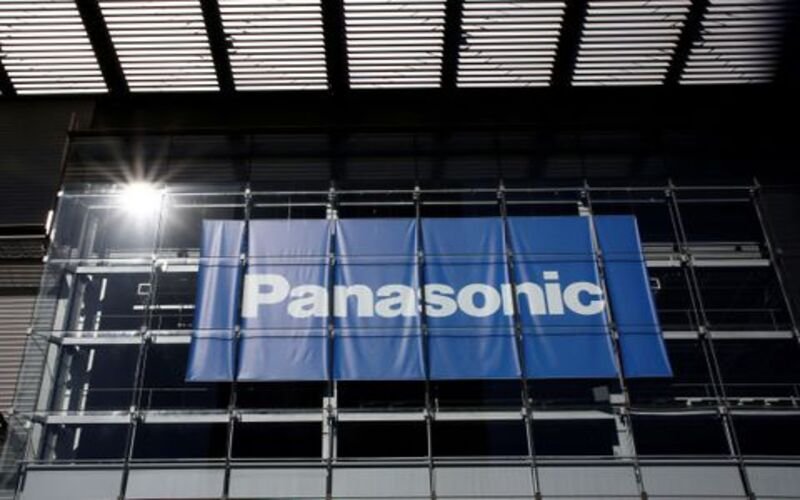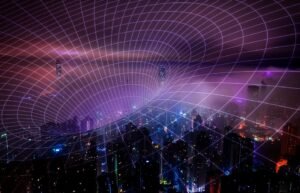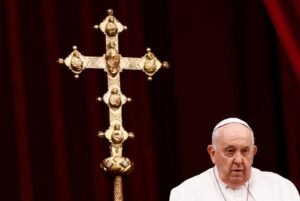Panasonic (6752.T)’s battery arm will need four more plants to meet its 2031 aim of a rapid increase in electric vehicle battery capacity; its technology chief told Reuters.
Panasonic Energy’s Shoichiro Watanabe gave Tesla (TSLA.O) its first indication of how many factories it will need.
After a March accord that expanded Japanese manufacturers’ access to U.S. electric-vehicle (E.V.) tax credits, they might boost Japanese investment in the U.S.
Panasonic Energy announced in May that it would increase its annual E.V. capacity to 200 gigawatt hours (GWh) by early 2031, four times its March capacity.
It is building a second plant in Kansas to increase yearly capacity to 80 GWh.
“We will need to build around another four factories,” said Watanabe, the company’s chief technology officer, in an interview at its Osaka headquarters on Friday.
He did not specify places, timeframes, or investment sizes.
He indicated an openness to cooperative ventures for E.V. battery manufacture, including with Mazda Motor (7261.T).
“The style where battery producers will make all investments is disappearing,” he said, adding that a big player needed at least 200 GWh capacity.
Panasonic focuses on North America to build capacity for 4680 batteries, Elon Musk’s latest cells.
It formerly intended to establish two new 4680 facilities in North America by 2030. Oklahoma could host.
Watanabe said a battery supply chain based on “local production for local consumption” will require approximately a dozen materials suppliers to support the four new plants.
He suggested joint procurement with key clients to take advantage of tax benefits under the U.S. Inflation Reduction Act (IRA) and reduce carbon emissions.
He added that battery material manufacturers must make early judgments due to the large expenditure needed.
Watanabe said Panasonic might consider a joint battery business with Mazda as part of their supply cooperation.
Last month, the corporations stated they would discuss cooperation to supply Mazda with Japanese and North American cylindrical lithium-ion batteries.
They expect to approve it this year and supply batteries after 2025.













































Comment Template